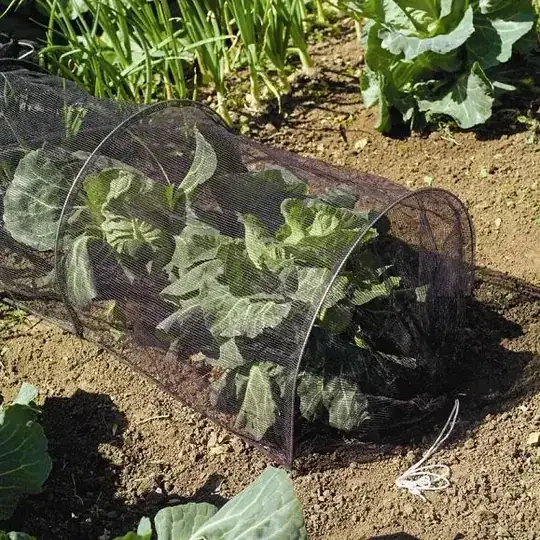Yes, the same methods "should" work on both of them, slugs and snails belong to the same taxonomic class:
Gastropods
The Gastropoda or gastropods, more commonly known as snails and slugs. are a large taxonomic class within the Mollusca. The class Gastropoda includes snails and slugs of all kinds and all sizes from microscopic to quite large. There are huge numbers of sea snails and sea slugs, as well as freshwater snails and freshwater limpets, and land snails and land slugs.
Snail
Snail is a common name for almost all members of the molluscan class Gastropoda that have coiled shells in the adult stage. When the word is used in a general sense, it includes sea snails, land snails and freshwater snails. Otherwise snail-like creatures that lack a shell (or have only a very small one) are called slugs.
Slug
Slug is a common name that is normally applied to any gastropod mollusk that lacks a shell, has a very reduced shell, or has a small internal shell. This is in contrast to the common name snail, which is applied to gastropods that have coiled shells that are big enough to retract into.
Snail -> Slug
Gastropod species which lack a conspicuous shell are commonly called slugs rather than snails, although, other than having a reduced shell or no shell at all, there are really no appreciable differences between a slug and a snail except in habitat and behavior.
I'm currently using the "beer trap" method in my (newish) Hosta garden, but so far with no desirable results. I must admit I'm starting to think it might not be slugs/snails, even though they are "generally" considered the number 1 pest problem where Hostas are concerned. Instead I'm now thinking the unwanted diner might be bigger and covered in fur...
A friend highly recommended I try "Diatomaceous Earth" as a way to protect plants from slugs/snails. So far I haven't tried it, but if I switch back to thinking it's slugs/snails eating my Hostas I may very well give it a try.
Other "organic" slug/snail control options I might try:
Coffee grounds spread around the plants.
Crushed egg shells spread around the plants.
Natural predators, either by attracting them into the garden or by physically bringing them in.
Iron phosphate baits, but I've heard "good" & "bad" things about those traps (even though they're marketed as an "organic" option), therefore I would need to research further before deciding if I would use them in my garden.
Additionally, I think this article, "Slugs and Snails" from University of Missouri Extension is worth a read.
Q. Is slug/snail location specific?
I honestly don't know for certain, but I thought both slugs and snails were found pretty much all over the world.

